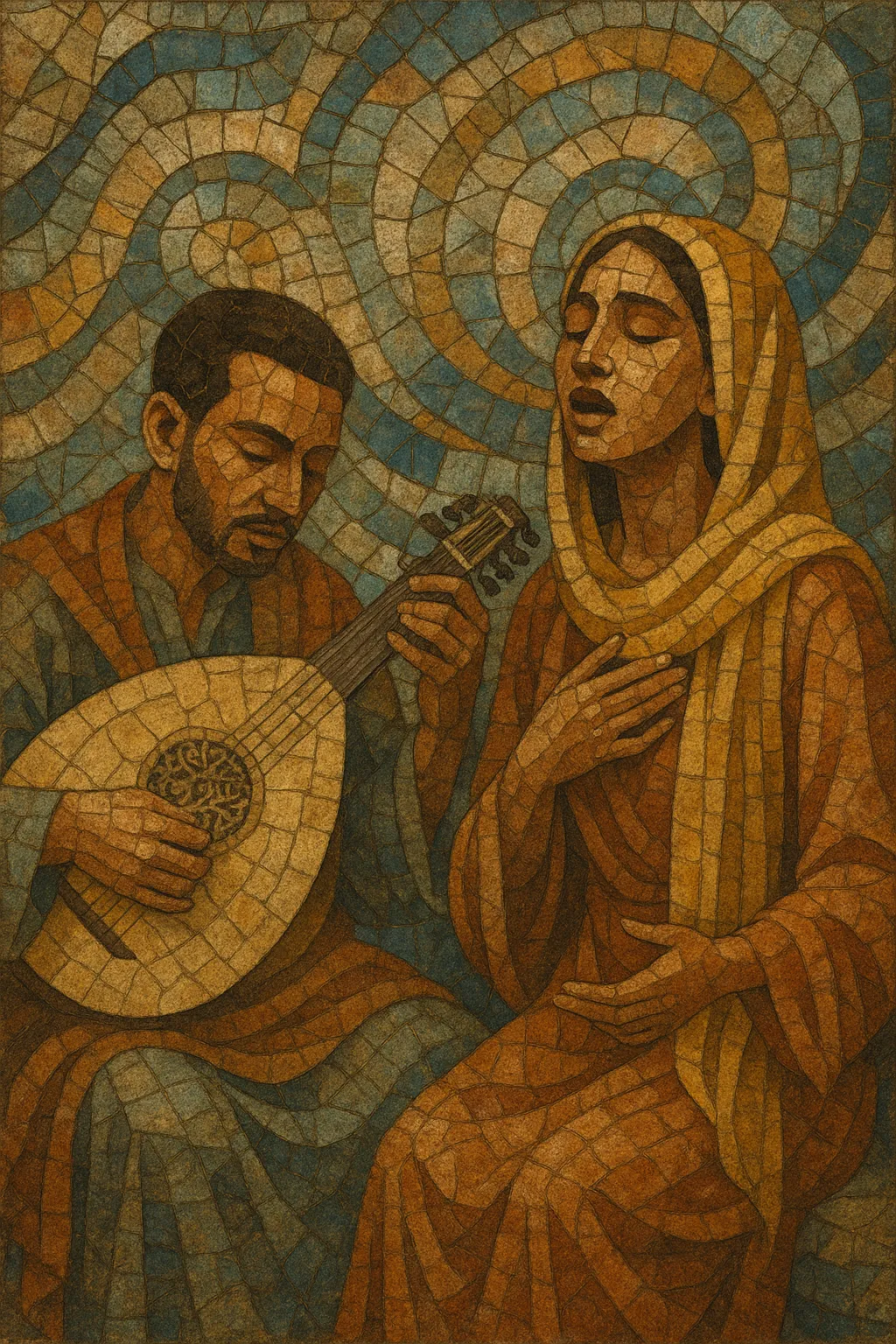Qaraami is a mid-20th-century Somali urban song tradition centered on romantic poetry and expressive vocal lines accompanied primarily by the kaban (oud). It is widely regarded as a "classic" or "evergreen" repertoire in Somali culture and is performed at gatherings, weddings, and intimate salons.
Musically, qaraami draws on maqam-based melodic contours (e.g., Hijaz, Bayat, Kurd, Rast), subtle microtonal inflections, and melismatic singing. The accompaniment is spare and lyrical—typically kaban with light hand percussion—sometimes enriched by violin or flute. The overall feel ranges from gently swaying to slow, reflective tempi, placing the voice and text at the center.
Lyrically, qaraami foregrounds love, longing, memory, and the refined poetics of Somali maanso, with vivid metaphors and tightly crafted verse. Its restrained textures and emotive delivery have made it an enduring touchstone for Somali musical identity both at home and across the diaspora.
Qaraami coalesced in the 1940s within urban centers in present-day Somalia—especially in the north (e.g., Hargeisa, Berbera) and later Mogadishu. Musicians adapted long-standing Somali poetic traditions to maqam-influenced melodies, using the kaban (oud) as the principal accompanying instrument. Early radio (notably Radio Hargeisa and later Radio Mogadishu) and café culture fostered a listening public for intimate, text-centered song.
As ensembles professionalized, the repertory of qaraami standards grew, with composers and singer-poets crafting pieces that emphasized nuanced vocalism, measured pacing, and refined accompaniment. Touring troupes and national ensembles brought qaraami to theaters and radio variety programs, while recordings spread these songs throughout the Horn of Africa and to the Somali diaspora.
Even as newer Somali styles and band formats emerged, qaraami remained a pillar of the cultural soundscape. In the diaspora, intimate kaban-and-voice performances continue to anchor weddings and social gatherings. Contemporary artists reinterpret classic qaraami with strings, keyboards, or subtle modern production, while preserving the genre’s poetic essence and vocal expressivity.


